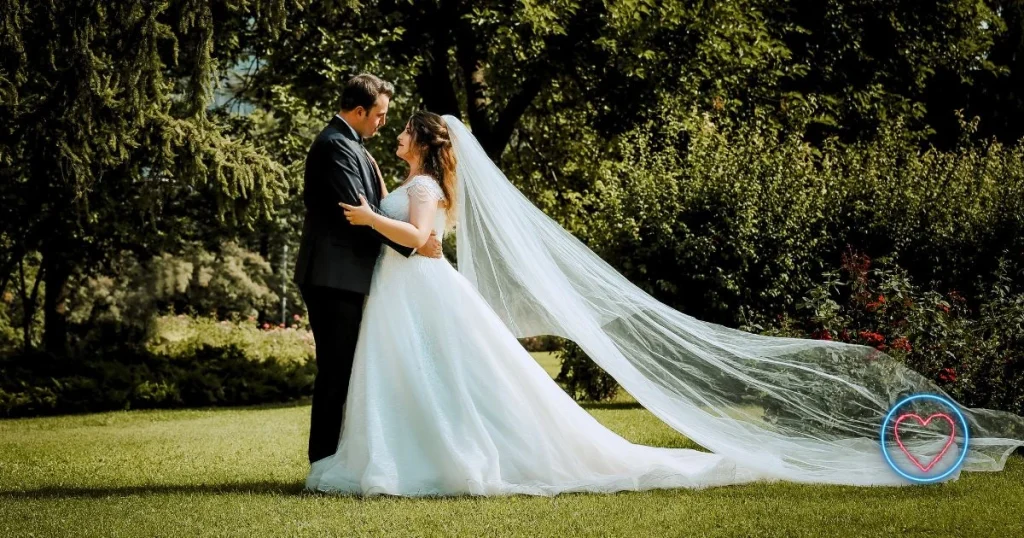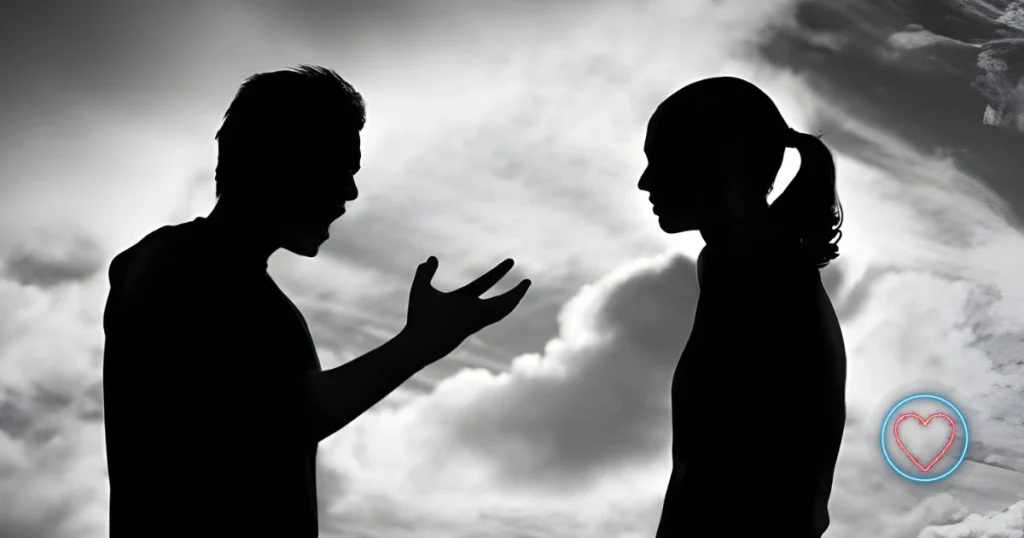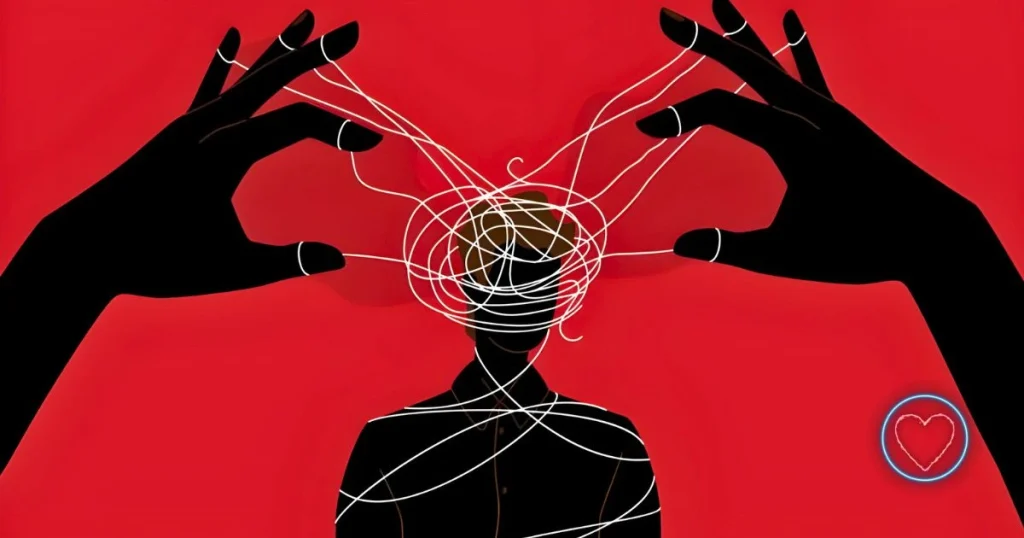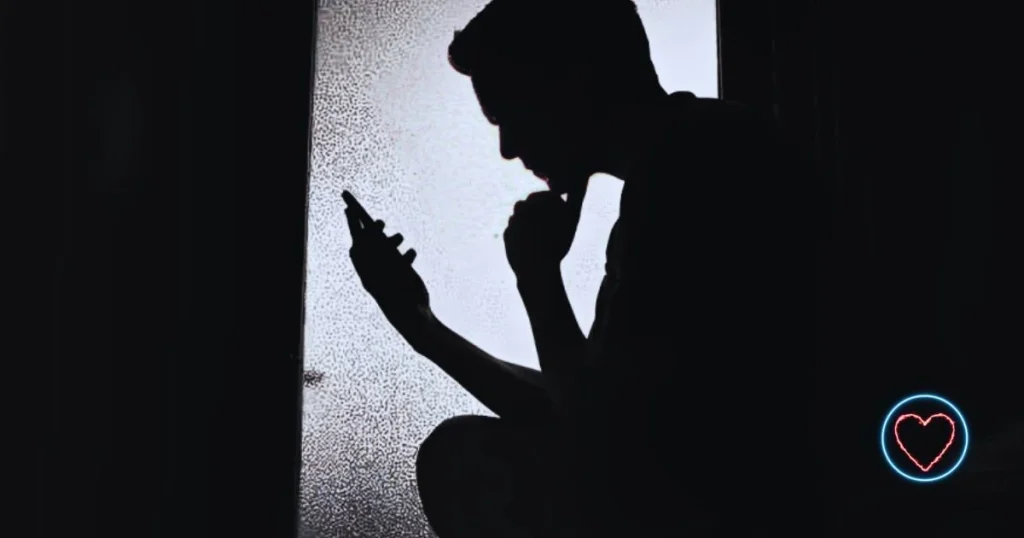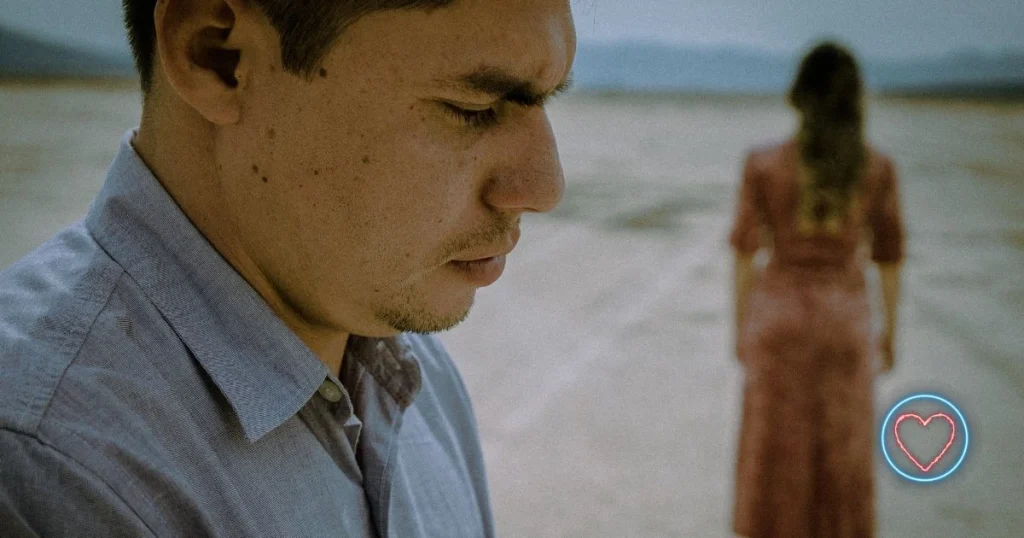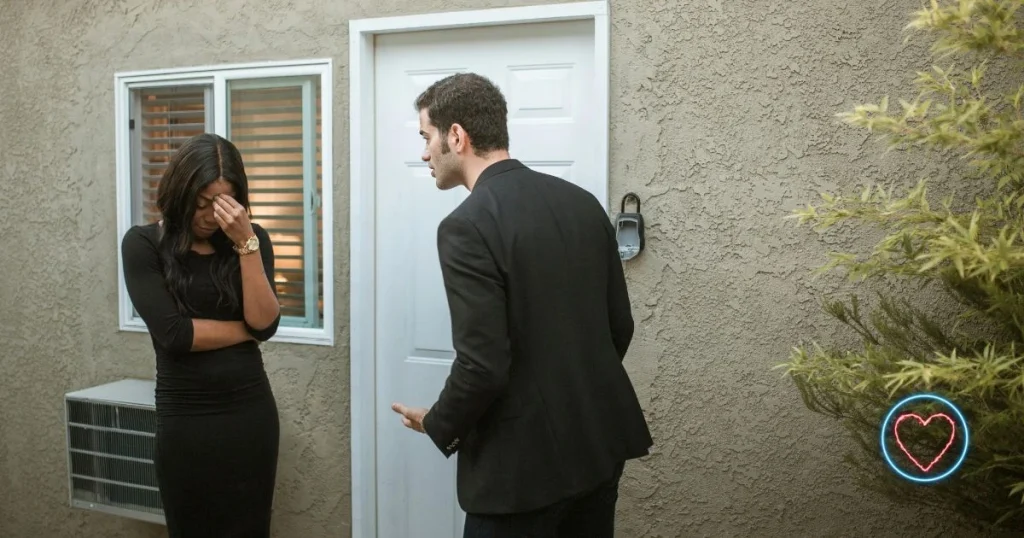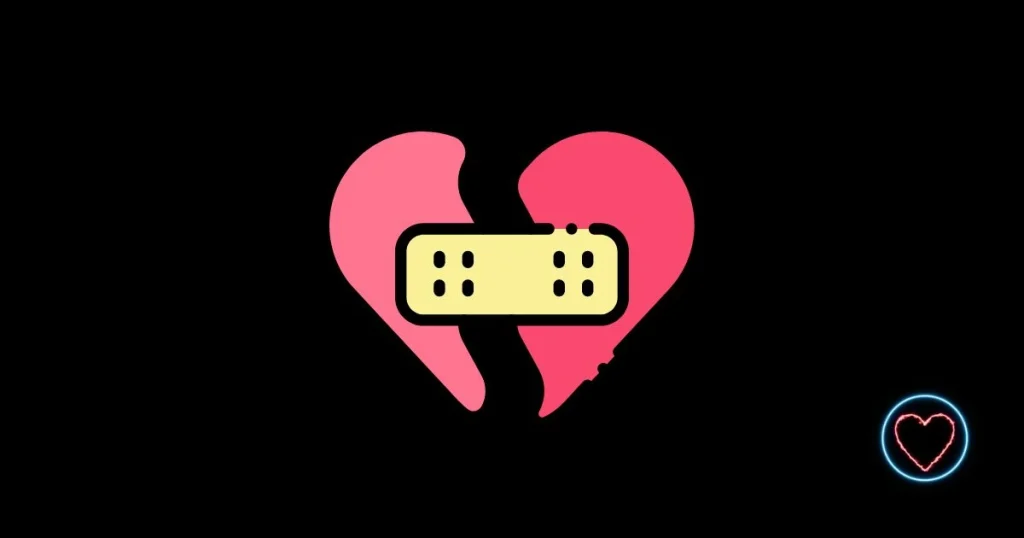Romantic relationships are a sanctuary for love, intimacy, and mutual support—but when one or both partners carry unresolved trauma, these very connections can become complicated. Trauma doesn’t just leave scars on the psyche; it often shapes how individuals perceive safety, express love, manage conflict, and handle vulnerability.
Whether rooted in childhood neglect, emotional abuse, betrayal, violence, or abandonment, trauma affects the brain, body, and behavior. It molds how we show up in relationships, how we connect, and how we retreat. To love or be loved after trauma requires more than desire—it demands deep self-awareness, communication, and healing.
This article explores how trauma affects romantic bonds, signs of trauma in relationships, and what couples can do to nurture love in the shadow of pain.
Understanding Trauma in Relationships
Trauma is not just what happened to you—it’s how your body and mind responded to it. Some people endure devastating events yet recover with resilience, while others may carry emotional wounds for years, affecting their sense of safety and attachment.
When trauma is unresolved, it often resurfaces in intimate relationships, which naturally involve emotional risk. A loving partnership can feel both comforting and threatening to someone who has never felt safe in love. That internal conflict creates what psychologists often call “trauma triggers”—subconscious reactions that can sabotage closeness, trust, and emotional regulation.
1. Attachment Styles and Trauma
One of the most common ways trauma manifests in romantic relationships is through insecure attachment styles, shaped largely by early life experiences.
- Avoidant Attachment: Often stemming from emotional neglect, people with avoidant attachment may suppress their emotions, fear intimacy, or push partners away when they get too close.
- Anxious Attachment: Often the result of inconsistent caregiving, these individuals crave closeness but are deeply afraid of abandonment, leading to clinginess, jealousy, or emotional volatility.
- Disorganized Attachment: This results from severe trauma, such as abuse or neglect. These individuals want love but associate closeness with danger, causing a confusing push-pull dynamic in relationships.
Secure attachment, by contrast, allows for healthy emotional intimacy and autonomy—but trauma can disrupt this balance.
2. Hypervigilance and Emotional Reactivity
Trauma survivors often operate in a state of hypervigilance, constantly scanning for threats—even in safe environments. In a romantic relationship, this can translate into:
- Misinterpreting neutral comments as criticism
- Reacting with disproportionate anger or withdrawal
- Assuming abandonment is imminent
- Sabotaging intimacy to “protect” oneself from hurt
The brain, conditioned by trauma, may respond to minor relationship stressors as if they were life-threatening.
3. Difficulty Trusting Partners
Trauma often results in trust issues, particularly if betrayal played a role in the past—whether from a caregiver, an ex, or a traumatic event like infidelity.
Even when their partner behaves lovingly and loyally, trauma survivors might:
- Expect betrayal
- Constantly test their partner’s commitment
- Struggle to believe compliments or expressions of love
- Avoid relying on their partner altogether
This fear of trusting keeps emotional walls high, hindering true connection.
4. Fear of Vulnerability
For someone who’s experienced trauma, especially emotional or sexual abuse, vulnerability might not feel safe—it may feel like exposure to danger. As a result, trauma survivors may:
- Withhold feelings
- Avoid deep emotional conversations
- Laugh off their own pain
- Keep secrets as a protective mechanism
This self-protection prevents full emotional intimacy, leaving both partners feeling isolated or misunderstood.
5. Intimacy Struggles: Emotional and Physical
Trauma—particularly sexual trauma—can severely impact physical intimacy. Survivors might experience:
- Discomfort with touch
- Difficulty with arousal or trust during sex
- Sudden emotional detachment during intimacy
- Flashbacks or dissociation
Even non-sexual intimacy—like prolonged eye contact or cuddling—can feel unsafe. These responses aren’t signs of rejection, but rather signs of a nervous system still wired for defense.
6. Reenactment of Trauma
Without awareness, people may unconsciously recreate patterns from their past. For example:
- A person who was emotionally abused may tolerate or attract emotionally unavailable partners.
- Someone who was neglected might overcompensate by becoming clingy or overly accommodating.
- Others may even become controlling to avoid feeling powerless again.
This repetition is not conscious—it’s the mind trying to resolve old wounds using familiar dynamics, often with destructive results.
7. Sabotaging Healthy Love
Trauma survivors sometimes push away healthy partners, believing they’re “too good to be true.” When someone offers consistent love, it may feel foreign—or even suspicious.
Thoughts like:
- “They’ll leave eventually.”
- “I don’t deserve this.”
- “They must be pretending.”
can lead to self-sabotaging behavior like starting fights, emotionally withdrawing, or even cheating to avoid intimacy.
8. Guilt and Shame
Many trauma survivors carry internalized shame. This can manifest as:
- Apologizing excessively
- Feeling unworthy of love
- Suppressing needs and emotions
- Believing they’re “too damaged” to be loved
These beliefs create emotional distance and prevent mutual support. Guilt and shame also make it difficult to receive love, even when it’s freely given.
9. Emotional Flashbacks
Unlike visual flashbacks, emotional flashbacks involve reliving the feelings of a traumatic event—fear, helplessness, panic—without a specific memory attached. In relationships, this can cause:
- Sudden overreactions to minor events
- Panic during arguments
- Feeling like a “wounded child” during conflict
- Shutting down emotionally
These responses are confusing for both partners and often misunderstood as mood swings or over-sensitivity.
10. Perfectionism and Control
Many survivors develop control mechanisms to create the safety they never had. This may show up as:
- Micromanaging the relationship
- Trying to “fix” their partner
- Needing everything to be “just right” to feel calm
- Becoming extremely self-critical
Perfectionism, though often praised in society, can choke the spontaneity and flexibility necessary for a thriving relationship.
11. Emotional Numbing or Detachment
Some trauma survivors respond to overwhelming emotions by numbing out. In a relationship, this can look like:
- Disinterest in sex or affection
- Avoiding emotional conversations
- Acting indifferent or emotionally absent
- Distracting with work, screens, or substances
While numbing can feel like protection, it also blocks the joy, passion, and playfulness essential for romantic bonding.
Healing Trauma in Relationships
The presence of trauma doesn’t mean a relationship is doomed. In fact, loving relationships can be incredibly healing when approached with care, honesty, and intention.
Here’s how couples can begin to break the cycle:
1. Acknowledge the Trauma
Avoid minimizing or denying its impact. Speak openly about how past experiences affect your emotional responses today. Awareness is the first step toward healing.
2. Prioritize Communication
Use calm, clear, and compassionate communication. Avoid blame. Instead of saying, “You make me feel abandoned,” try, “When this happens, I feel triggered because of past experiences.”
3. Practice Emotional Regulation
Learn tools to manage triggers, such as deep breathing, mindfulness, grounding techniques, and journaling. Regulating your emotions helps you respond, not react.
4. Establish Safety
Create emotional safety through consistency, kindness, and patience. Show up. Keep your word. Let your partner know you’re not going to punish them for being vulnerable.
5. Seek Professional Help
Individual therapy (like EMDR or somatic therapy) and couples counseling can be life-changing. Therapists help unravel trauma patterns and teach tools for secure attachment.
6. Rebuild Trust Gradually
Trauma healing is not linear. There will be setbacks. Celebrate progress—however small—and be patient. Love is a process, not a destination.
Final Thoughts
Trauma can cast a long shadow on romantic bonds, but it doesn’t have to define them. Love that is grounded in awareness, empathy, and mutual effort has the power to heal even the deepest wounds. Recognizing how trauma shows up is the first step—not to push love away, but to invite it in more honestly.
Healing together requires vulnerability, but in that vulnerability lies the very heart of intimacy. With time, trust, and the courage to grow, even the most wounded hearts can learn to love freely again.


